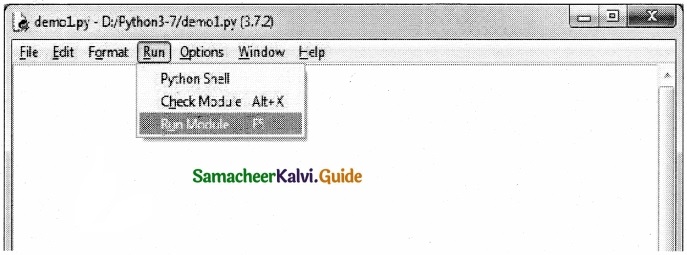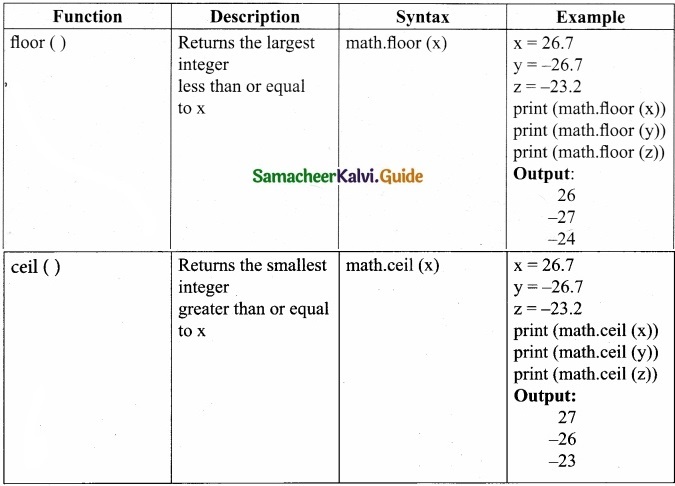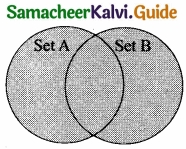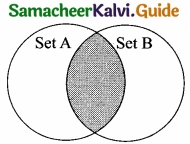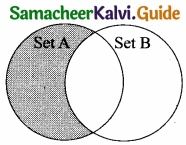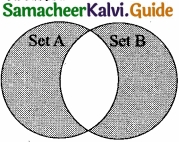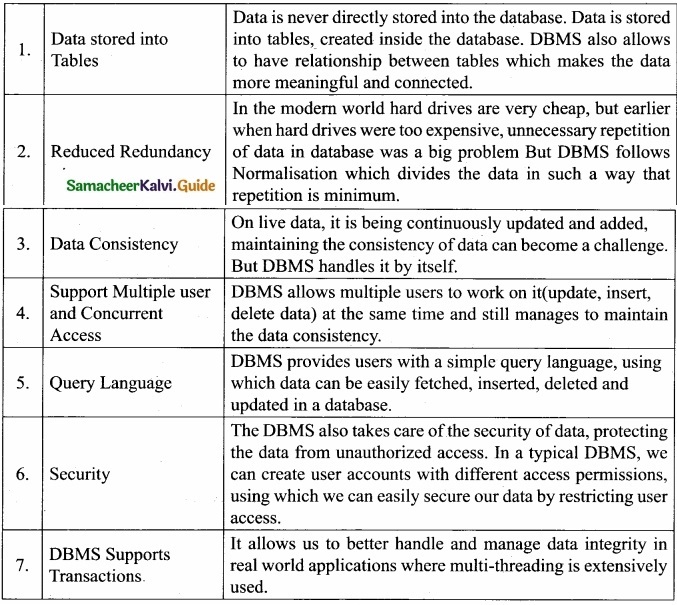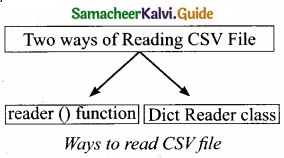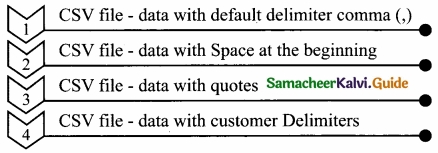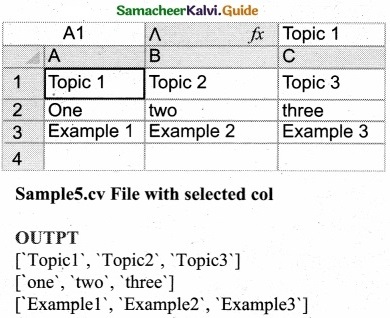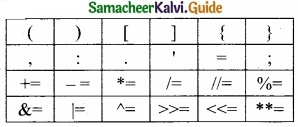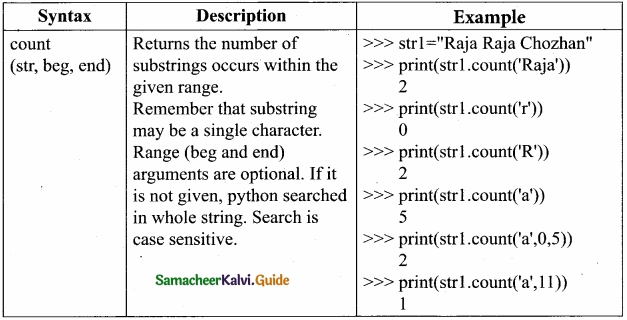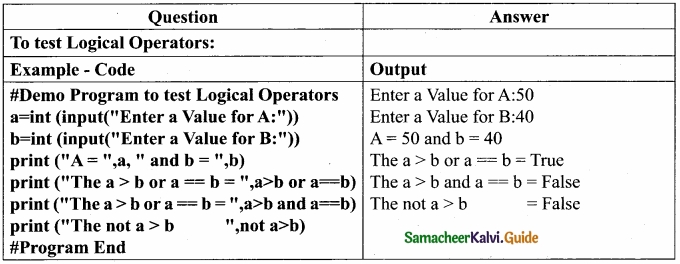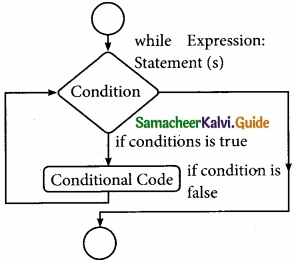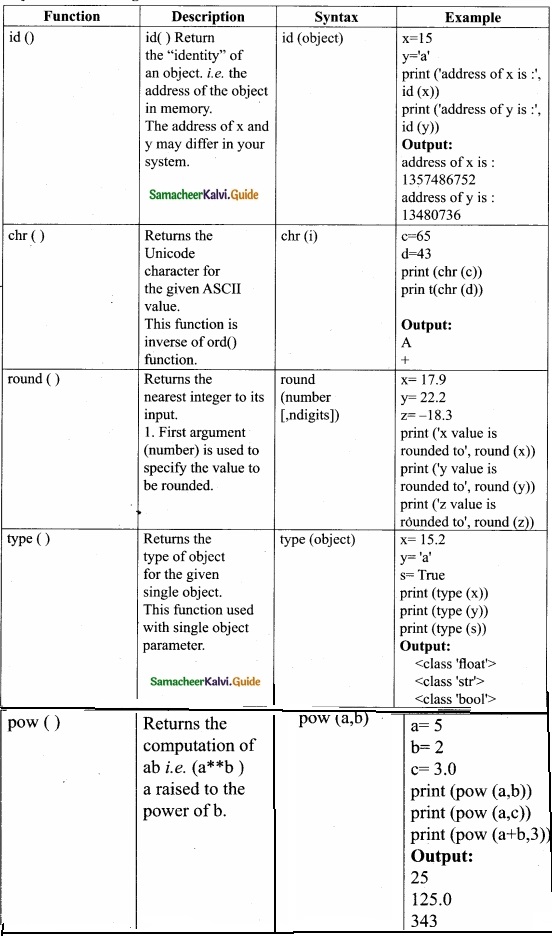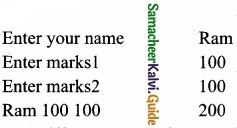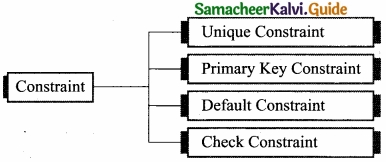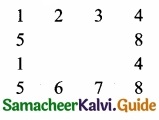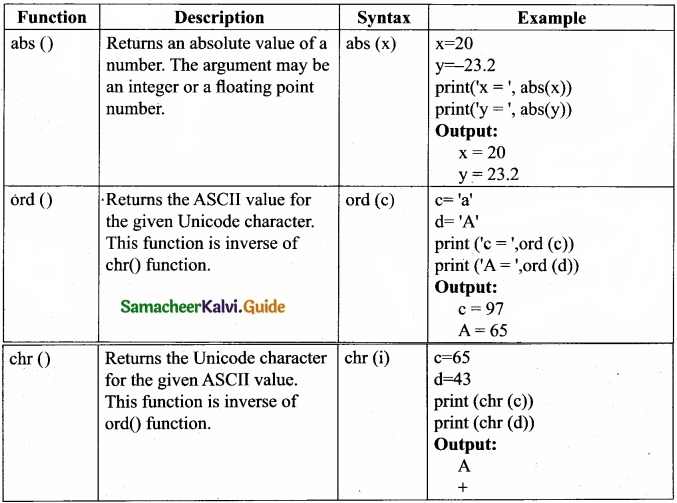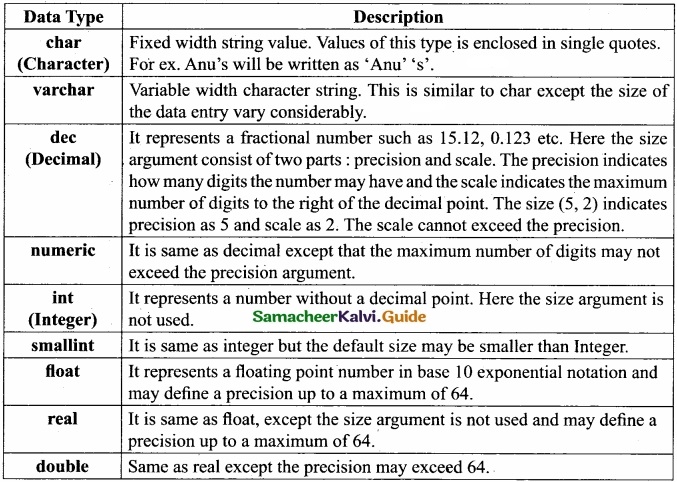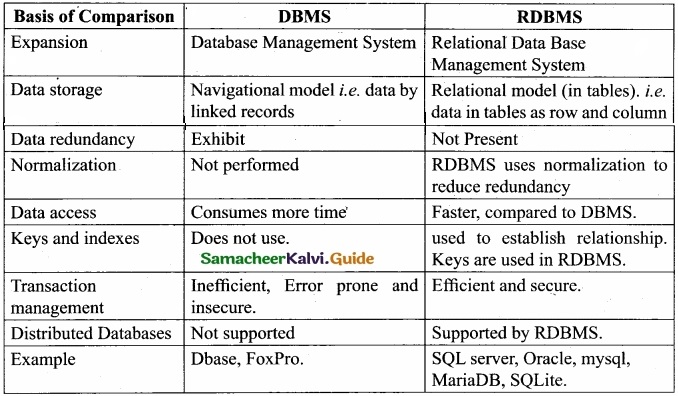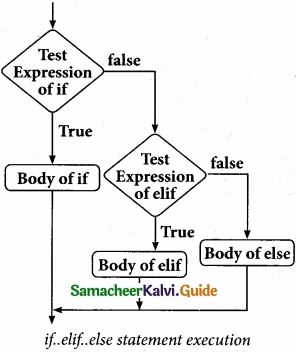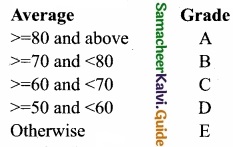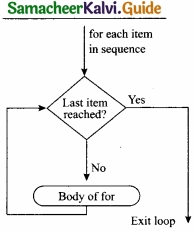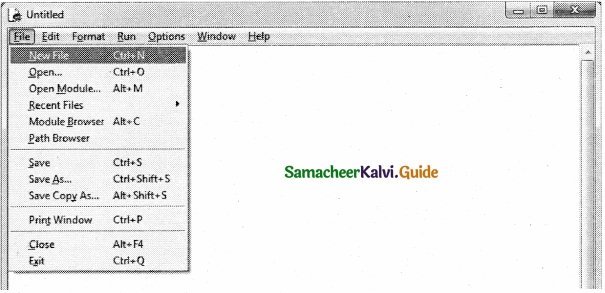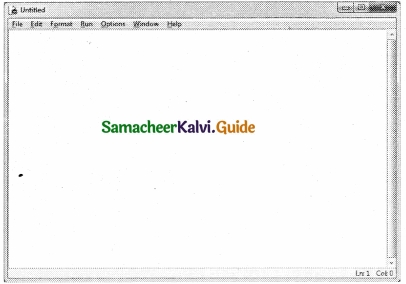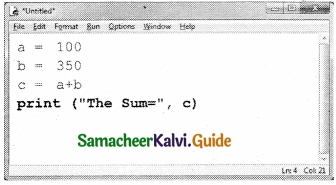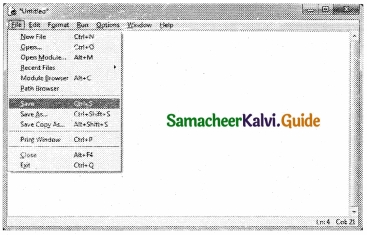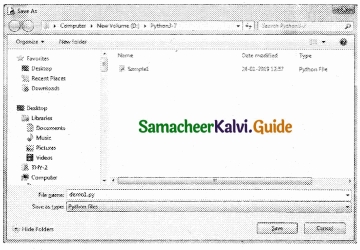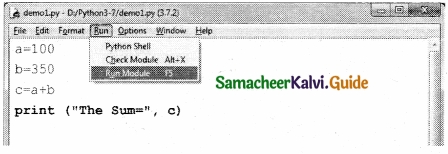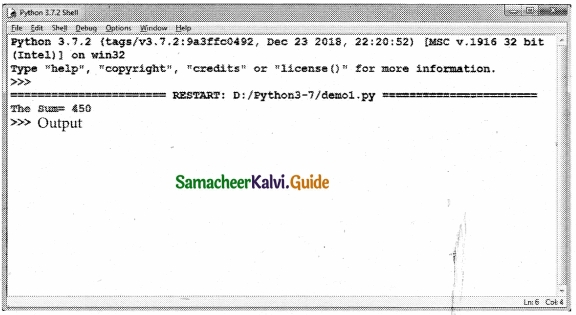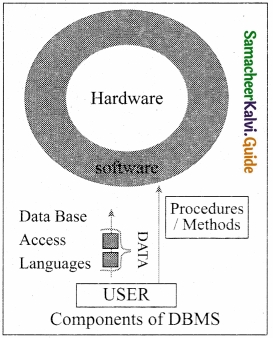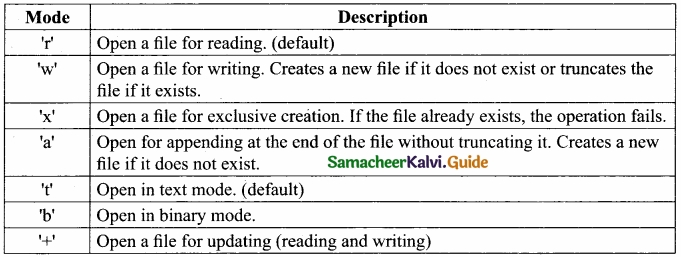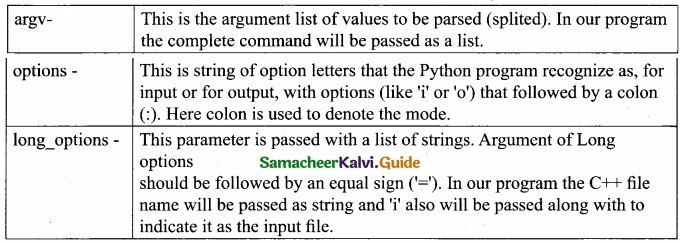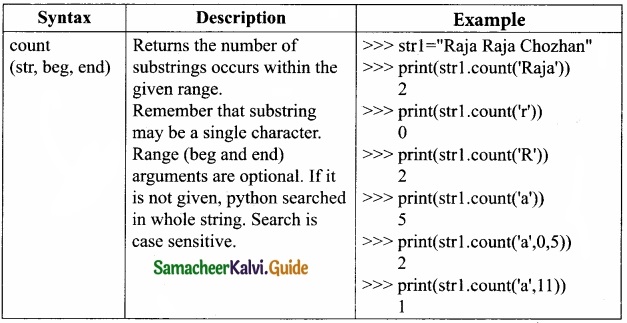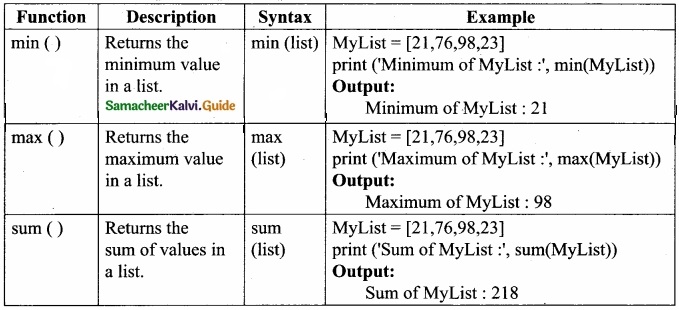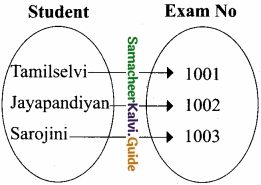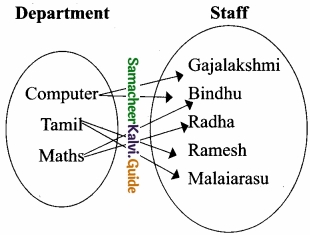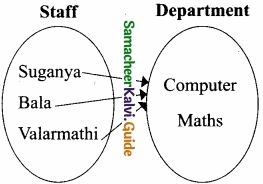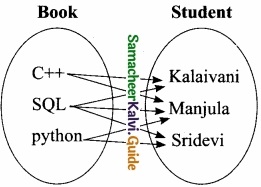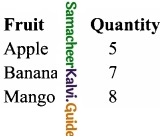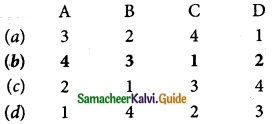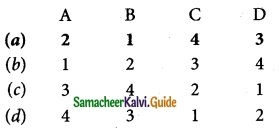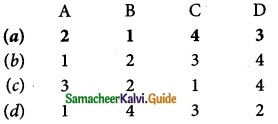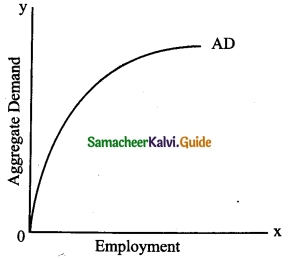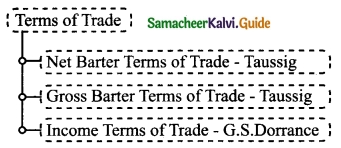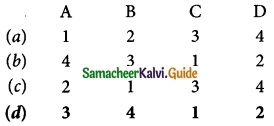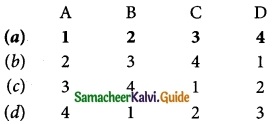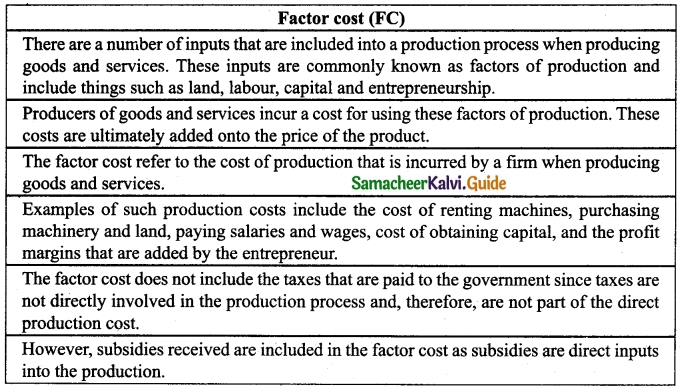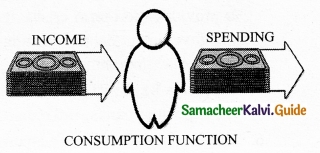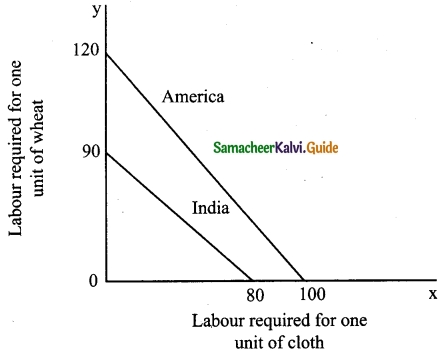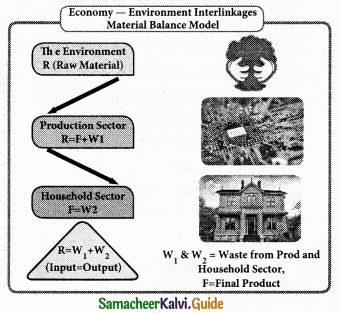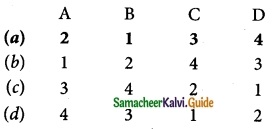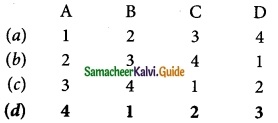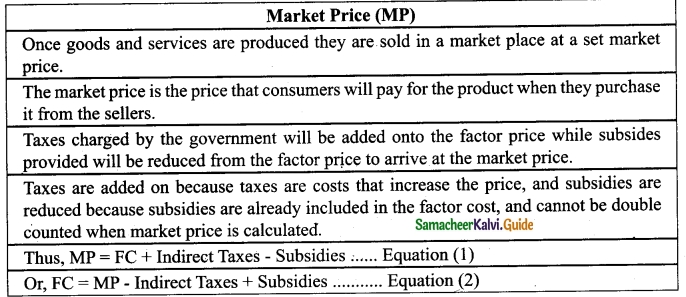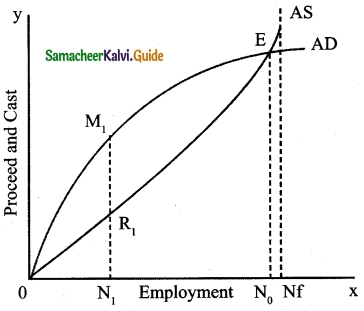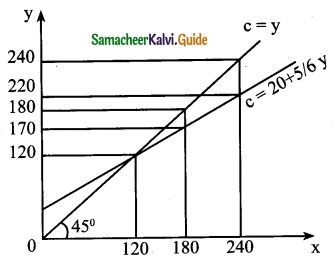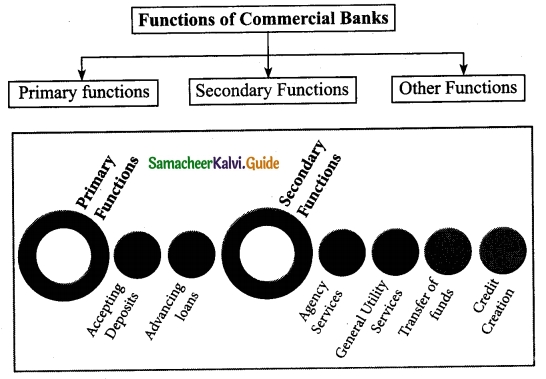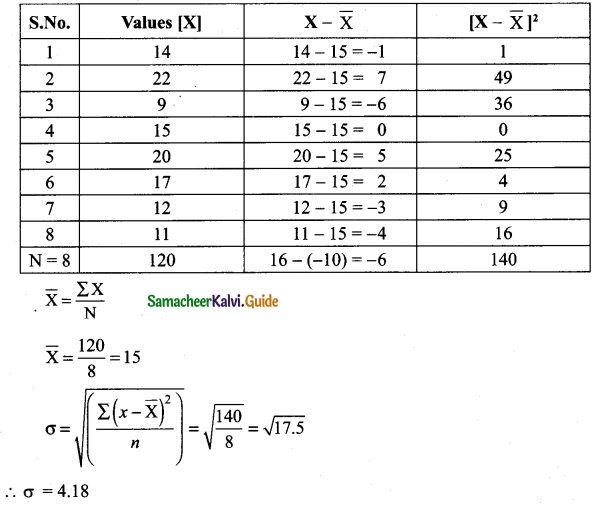Subject Matter Experts at SamacheerKalvi.Guide have created Samacheer Kalvi Tamil Nadu State Board Syllabus New Paper Pattern 12th Model Question Papers 2020-2021 with Answers Pdf Free Download in English Medium and Tamil Medium of TN 12th Standard Public Exam Question Papers Answer Key, New Paper Pattern of HSC 12th Class Previous Year Question Papers, Plus Two +2 Model Sample Papers, Tamil Nadu 12th Quarterly Half Yearly Model Question Papers are part of Samacheer Kalvi.
Let us look at these Tamil Nadu Government 12th State Board Model Question Papers with Answers for All Subjects 2020-21 Tamil Medium Pdf. Students can view or download the Class 12th New Model Question Papers 2021 Tamil Nadu English Medium Pdf for their upcoming Tamil Nadu HSC Board Exams. Students can also read Tamilnadu Samcheer Kalvi 12th Books Solutions.
The higher officials of Tamil Nadu Directorate of Government Examinations conducts Public examination to Class 12 Students in the month of March. Recently Government of Tamil Nadu has made changes in the examination pattern to reduce the pressure and tension in students. Here we have provided the Tamil Nadu 12th Model Question Papers PDF, students can view and download the latest pdf of 12th Model Question Papers. Before preparing for the public examinations students need to know about TN 12th Model Question Papers. These Model Papers helps students to prepare well. In this page, we have provided all subject wise Tamil Nadu Plus Two Model Question Papers. Before appearing for HSC examinations students must practice all the TN Model Question Papers to score high marks in TN Plus Two Examinations.
12th New Public Exam Model Question Papers Tamil Nadu 2020 2021 English Tamil Medium
12th New Model Question Papers 2020 2021 Tamil Nadu
- Tamil Nadu 12th Maths Model Question Papers
- Tamil Nadu 12th Physics Model Question Papers
- Tamil Nadu 12th Chemistry Model Question Papers
- Tamil Nadu 12th Biology Model Question Papers
- Tamil Nadu 12th English Model Question Papers
- Tamil Nadu 12th Tamil Model Question Papers
- Tamil Nadu 12th Commerce Model Question Papers
- Tamil Nadu 12th Economics Model Question Papers
- Tamil Nadu 12th Accountancy Model Question Papers
- Tamil Nadu 12th Computer Science Model Question Papers
Here we have given TN 12th Model Question Papers with Answers for all subjects in English Tamil Medium. Previous Year Question Papers and Model Papers will help students to know about their preparation level not only that these papers will also help Students to analyze about the repeated questions and important questions that are asked in previous year public examinations. As per the new exam pattern, there will be no change in the syllabus. Now students can get their Tamil Nadu 12th Model Question Papers of all Subjects in English Tamil Medium from the above list.
It is necessary that students will understand the new pattern and style of Model Question Papers of 12th Standard Tamilnadu State Board Syllabus according to the latest exam pattern. These Tamilnadu Plus Two 12th Model Question Papers State Board Tamil Medium and English Medium are useful to understand the pattern of questions asked in the board exam. Know about the important concepts to be prepared for TN HSLC Board Exams and Score More marks.
We hope the given Samacheer Kalvi Tamil Nadu State Board Syllabus New Paper Pattern Class 12th Model Question Papers 2020 2021 with Answers Pdf Free Download in English Medium and Tamil Medium will help you get through your subjective questions in the exam.
Let us know if you have any concerns regarding the Tamil Nadu Government 12th State Board Model Question Papers with Answers 2020 21 for All Subjects, TN 12th Std Public Exam Question Papers with Answer Key, New Paper Pattern of HSC Class 12th Previous Year Question Papers, Plus Two +2 Model Sample Papers, Tamil Nadu 12th Quarterly Half Yearly Model Question Papers, drop a comment below and we will get back to you as soon as possible.


